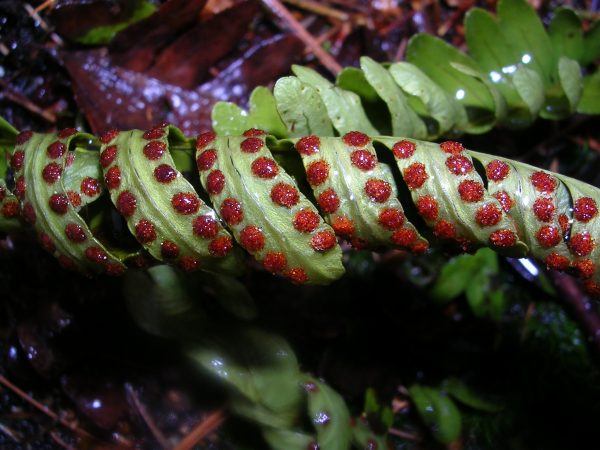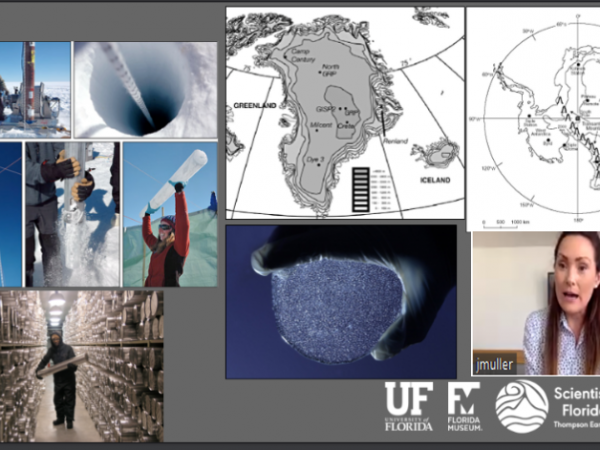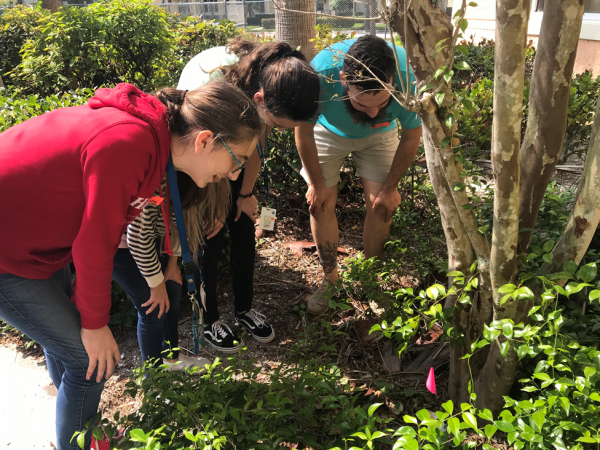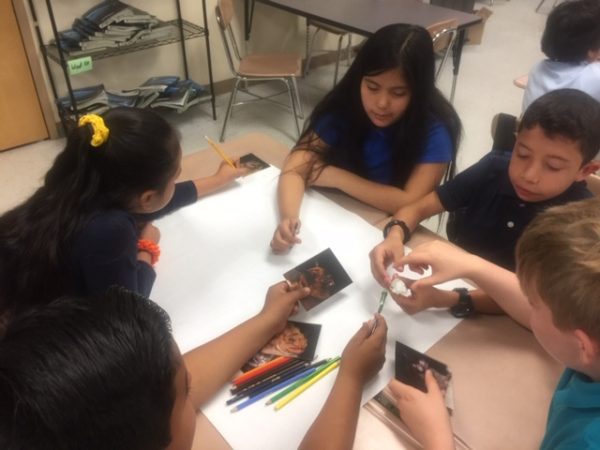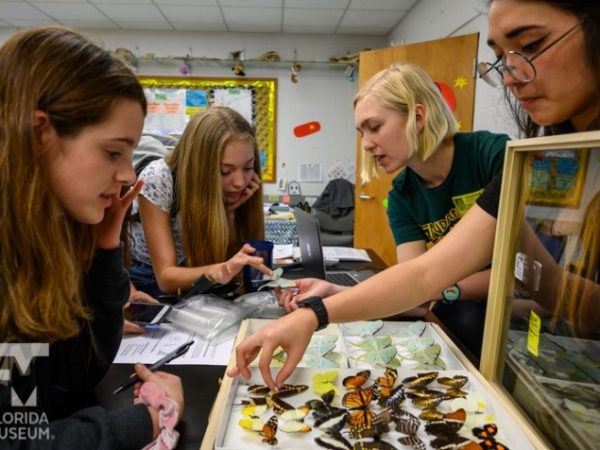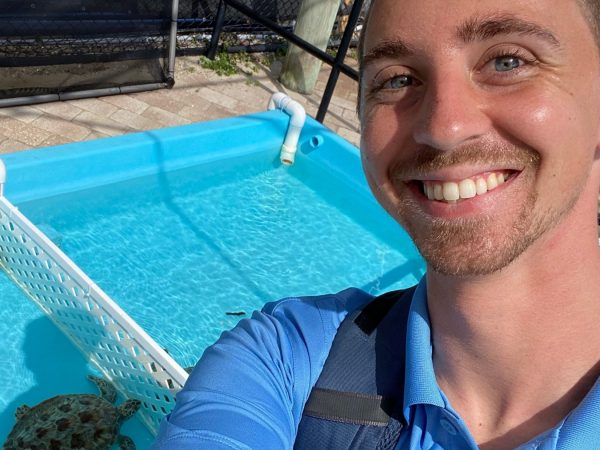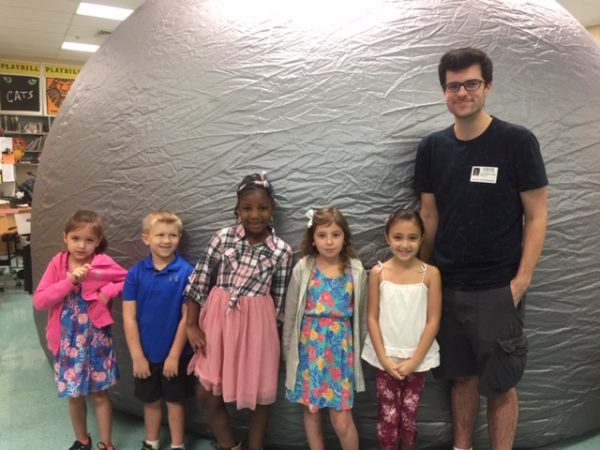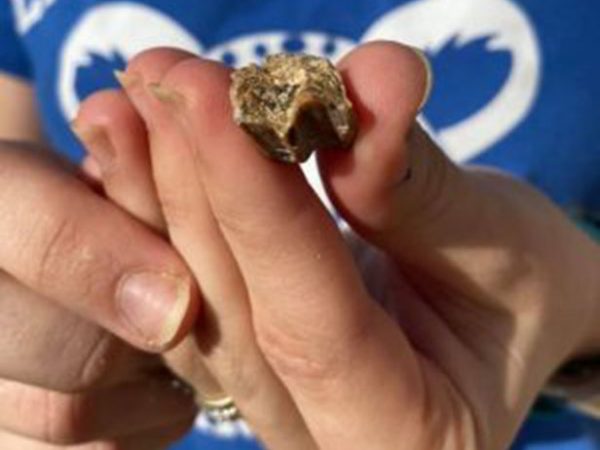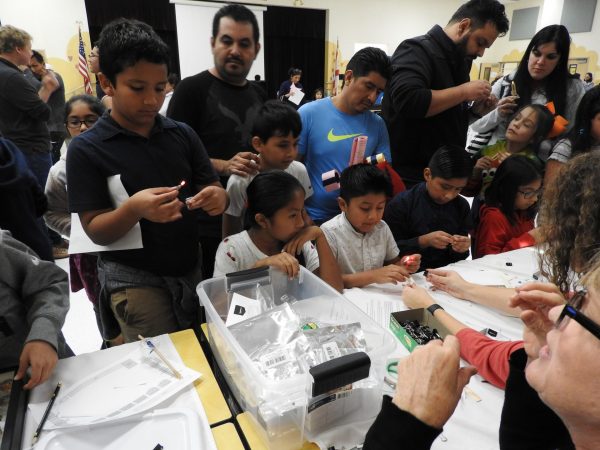A Year-End Letter From Your SEFS Team
What started as a small program out of the University of Florida called Scientist in Every Florida School, has since built traction and momentum across the state.
Harnessing Wind and Water Energy to Move Seeds and Spores
Students were able to learn how wind and water are factors that contribute to the dispersal of seeds.
FGCU Paleoclimatologist Shares Her Journey and Findings with K-12 Students Via Livestream
SEFS has expanded virtual scientist visits to schools throughout Florida as a result of the pandemic and is collaborating with partners from across the state like FGCU to create educational, fun and efficient virtual learning opportunities for K-12 students.
Ant-y Adventures with Alachua and Palm Beach County Students
Have you seen this ant? If so, the Lucky lab wants to know!
Scientist Shares Her Love of Bats Via Virtual Visit with 5th Graders
Both teacher and scientist planned a unique lesson in which content would be delivered ‘from the field’ through video and audio recordings from Jayarajan’s fieldwork in the Bahamas.
Scientists Launch ‘Frass in the Class’ Lessons in Alachua County Classrooms
Insects and their frass, or poop, are more important than you may think!
Scientist in Every Florida School Partners with Loggerhead Marinelife Center in Palm Beach County
Arguably, the best way to learn is through experiencing something directly for yourself, which is why many teachers love opportunities … Continue
Limestone Creek Elementary K-5 Students Explore Space With a Visit From Starlab
What’s the best way to teach K-5 students about our galaxy and stars? Show them!
Florida Teacher Discovers 5-million-year-old Horse Tooth during Scientist in Every Florida School Fossil Dig
Rosalyn Rohling, a fifth-grade teacher from Pensacola, discovered a tooth from a horse that went extinct 2 million years ago.
Families Interact with Scientists for a Science Night to Remember
It was a tall order…How do you overcome language and cultural barriers in order to teach parents and students the necessary components of the scientific process for a science fair experiment, and do so in a fun and engaging way?
